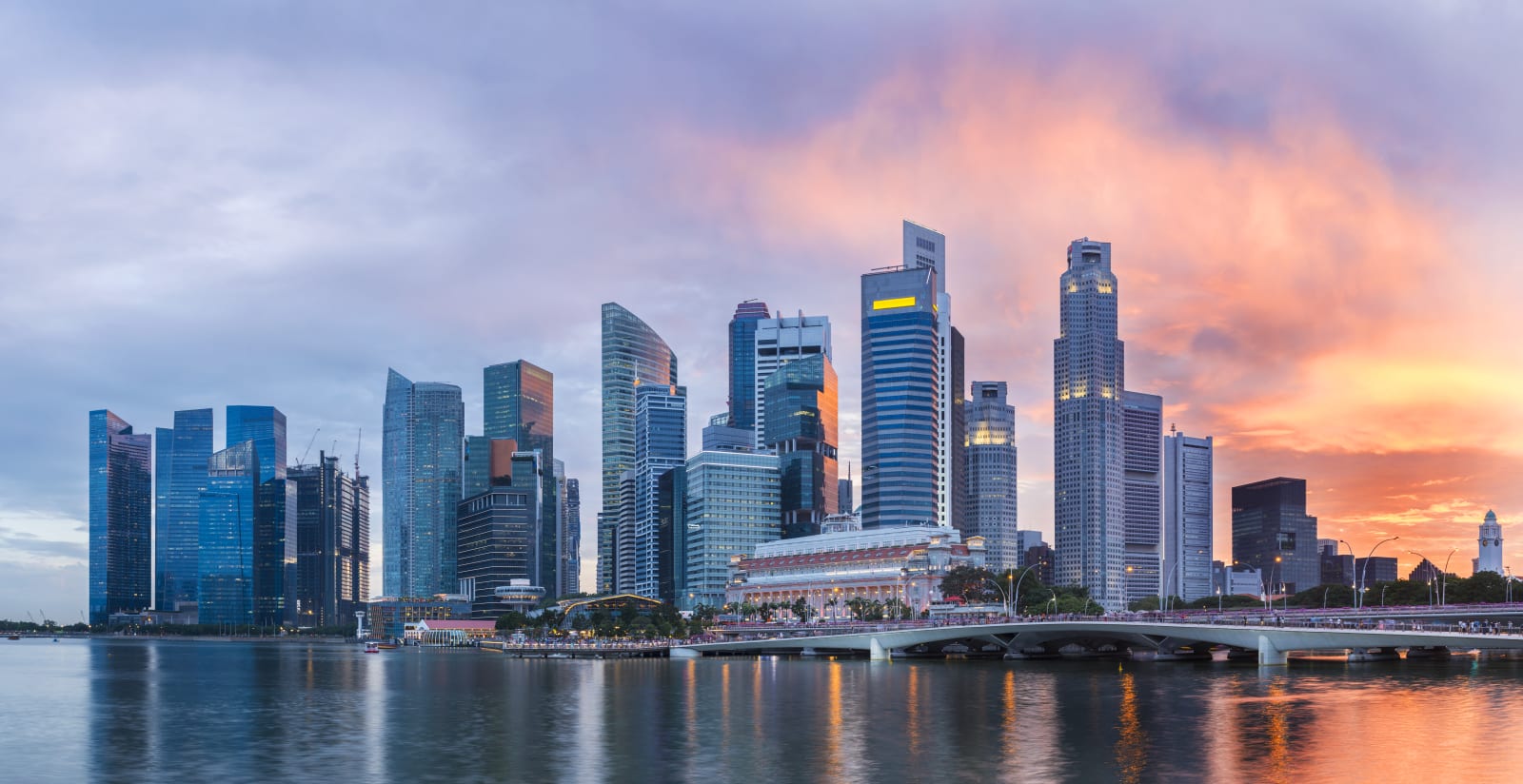Starting next February, residents of of Singapore won’t be able to drive additional cars in the small city-state. It’s introducing the ban as a line in the sand to keep the island from being overrun with vehicles and clogging traffic, especially as it’s spending billions of dollars on public transit projects.
The move is the latest by Singapore’s Land Transport Authority, which had already limited the rate of new cars and motorcycles at 0.25 percent. Not to mention all the import taxes and registration fees making vehicles, on average, four times more expensive to own in the island nation. Given that Singapore has about a sixth of the area of the US’ smallest state, Rhode Island — and that a stunning 12 percent of its space is taken up by roads — preserving it is essential.
This isn’t an eternal ban, as authorities will review it in 2020. But for the next few years, the about 600,000 total private and rental vehicles will have to serve the 5.6 million people living in Singapore — though drivers can still file to replace their old vehicles for new ones. This doesn’t apply to goods vehicles and buses, which will retain a 0.25 percent growth rate — and that could be good news for any more autonomous trucking experiments.
Source: Autoblog


